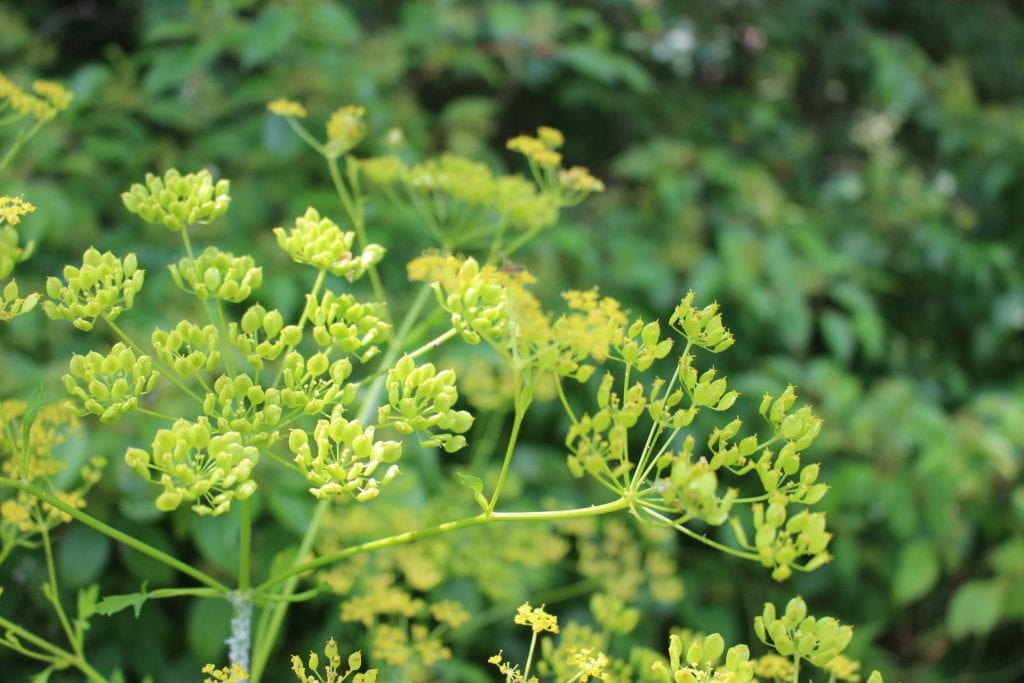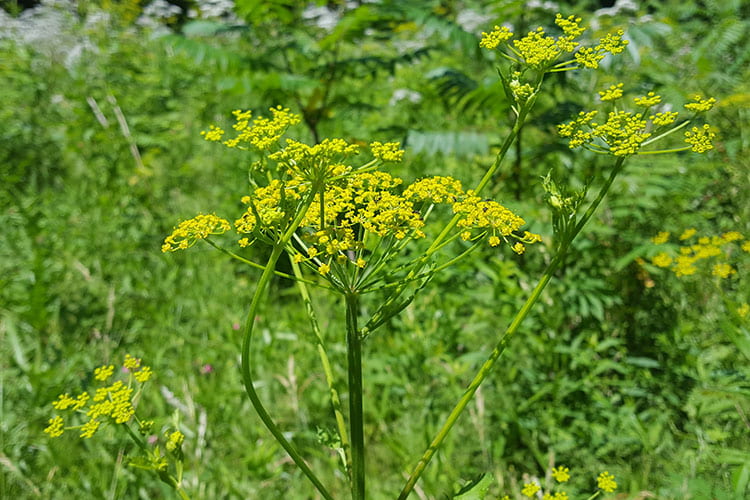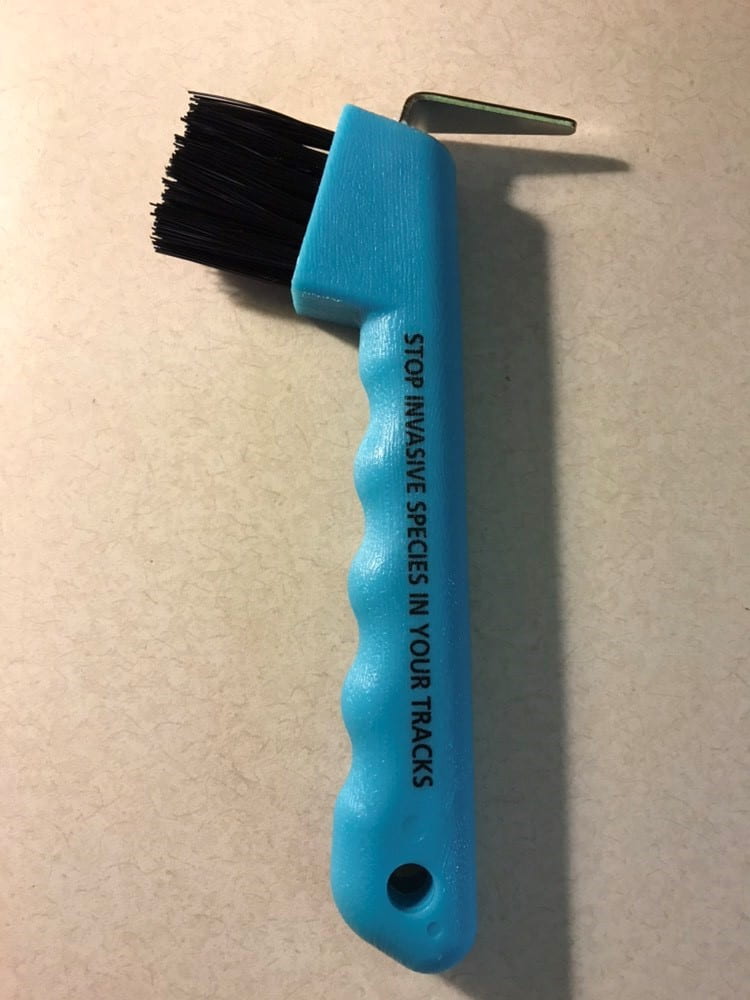Wild parsnip sap can cause painful, localized burning and blistering of the skin.
New York State Department of Environmental Conservation
A few weeks ago we discussed the invasive wild parsnip as a hidden danger for weekend weedwackers. Now it is much more obvious with its bright yellow flowers, but if you are looking to control it now, straight mowing is off the table. Some of the heads are going to seed and mowing will simply distribute those seeds, ensuring a new crop of wild parsnip next year.
Whether you choose to dig out the root, cut the root an inch or two below the soil, or mow, first cut the seed head off with clippers and put it in a plastic bag. The bag can then be left in the sun to rot the seeds before disposal. And don’t forget to wear protective clothing to prevent any sap from reaching exposed skin or eyes.
This is also the time of year when seeds of this and other invasive species can be accidentally transported by hikers and dog walkers. Avoid brushing against plants. Check shoes, clothing, and gear after leaving an area. Remove any seeds that are found and seal them in a plastic bag. (This can double as a tick check!)
For more information on preventing the spread of invasive species while hiking, biking, camping, and well, any outdoor play, a great resource is PlayCleanGo. And consider taking their Pledge to Stop Invasive Species in Your Tracks.
Let’s stay safe out there!


